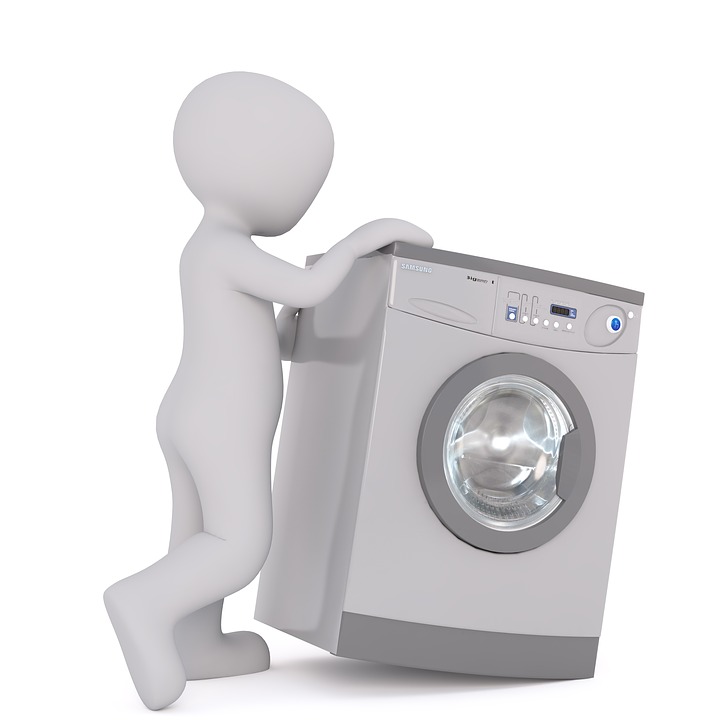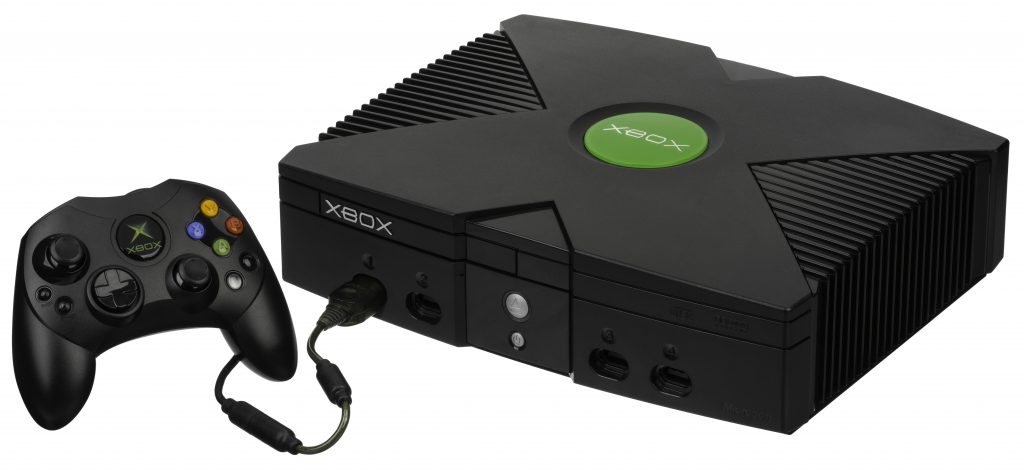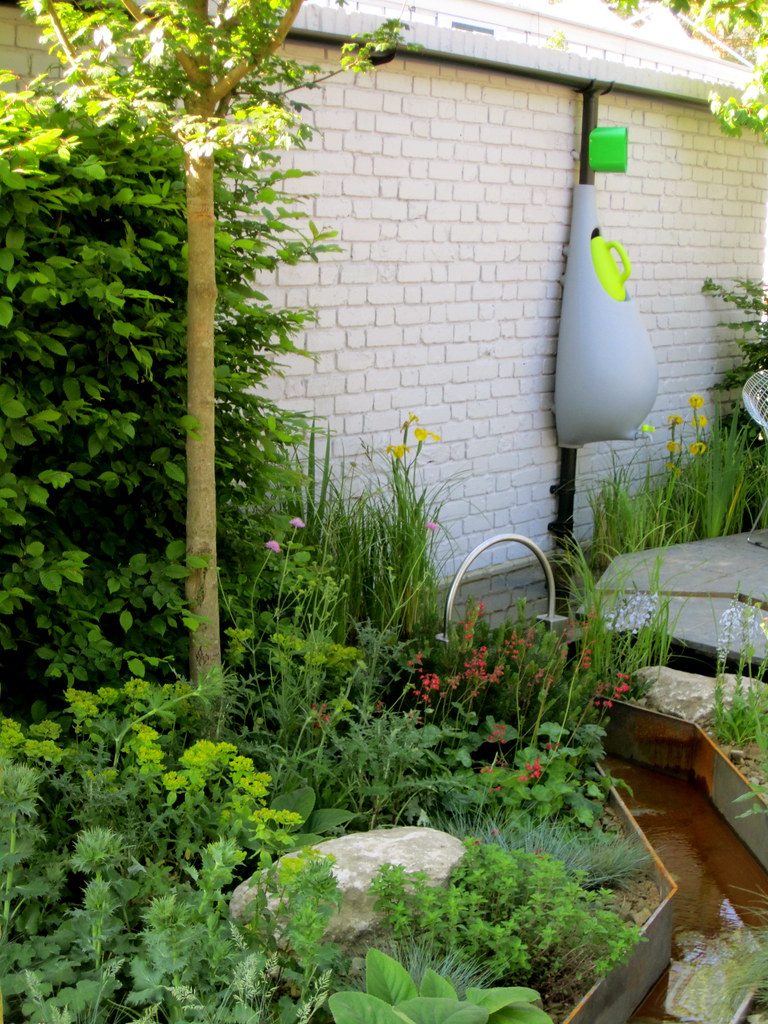Here is, the continuation promised in part 2 of the topic. Last time we went through simple actions to protect the planet. Now, if you want to go further to protect our environment, part 3 of this post is definitely for you. However, it will require a little more time or effort on your part. After all, there ain’t no such thing as a free lunch (it is impossible to get something for nothing).
Eco cycle or new washing machine?

Before you think about re-equipping yourself with appliances, start by developing good habits:
– Run the machine only when the washing machine is full or use the “half load” (or “automatic variable capacity”) option;
– use the “eco” cycle function, which consumes on average 25% less electricity: and 18% less water.
If you have the budget, buy a newer and therefore more economical model:
– Investing in an A+++ model is worth it because, in 4 to 5 years, you will have made your purchase profitable compared to an A energy class model;

– a recent model can save you up to 44% (or $15) on your electricity bill compared to an old appliance purchased several years ago;
– in terms of water consumption, a new model makes it possible to reduce it by 65%, or about $35 per year.
Lighting: how to consume less power?
How to reduce your electricity consumption from lighting your home?

– Make the most of natural lighting by intelligently placing furniture in your rooms (kitchen worktop near a window, skylight, armchair to read near a window, etc…). It can save you up to 1 hour of lighting daily. For about ten incandescent bulbs, you will save more than $30 per year. If you are only equipped with low-energy light bulbs, it will still represent more than $10 saved over a year.
– Install timer switches for passageways such as corridors and dimmers in living rooms.
Choose the right intensity for your bulbs:

– 15 to 20 W per m² are required for living rooms;
– 10 to 15 W per m² are sufficient for passageways and bedrooms.
Watch out for devices that remain in standby mode. It will take only a few seconds of your time to track them down!
Even when turned off, your audiovisual equipment is usually still in standby. This state of standby represents a significant power consumption of these devices! Older devices can consume as much as 10 – 15W per device, while modern devices may use less than 1 W in standby mode.
Here are the devices that can be disconnected:
– Your television: its monitoring costs between $5 and $15 per year;
– Your DVD or BluRay player: its cumulative waking hours over the year come back between $3 and $13;

– Your game consoles: their monitoring costs between $2 and $10 per year;
– Your computer: its monitoring costs between $6 and $30 for one year;
– Your coffee maker: per year, its waking hours cost you between $2 and $4;
– If you do not use their internal clock, also turn off your microwave and Hi-Fi system from the mains, the stand by mode counts as much as $3 and $20 a year;

– Also remember to disconnect your mobile phone, computer and camera chargers as soon as their charging is complete. Indeed, when they stay connected, they continue to consume electricity even if your device is no longer connected at the other end.
Here are some small devices that help to achieve these savings more easily:
– Multiple outlets with switches: they avoid having to disconnect all the outlets one by one;
– Standby sockets: when you turn off the device, the socket blocks the power supply. This type of socket costs typically in the range of $20;
– Energy management software: they can reduce your computer’s electricity consumption by 40 to 60%. For a computer, this represents savings of between $17 and $25 per year.
Outdoor: what energy savings are possible?
Some everyday tasks do not mean that you necessarily use drinking water:
– Outside: cleaning your car, watering your garden and plants, cleaning your garden furniture, etc.
– In your home: washing your floors, flushing your toilets, etc.

For all these tasks, remember to use rainwater. You can recover it by equipping yourself with a dedicated tank. This type of container does not have a filtration system, and you can get one for about $40.
For outdoor lighting, you can install solar-powered spotlights, equipped with motion detectors. These spots cost on average, $40. Once installed, they cost you nothing in electricity.
Indoor: what energy savings are possible?

Finally, recommended insulation work can save 20 – 30 % energy, without forgetting the subsidies to which you may be entitled. You may need to call a professional insulator for that.
In short, this post will be beneficial to all households, or people starting a construction or renovation project. We can share a few good contacts, don’t hesitate to drop down your comments in the section below.

